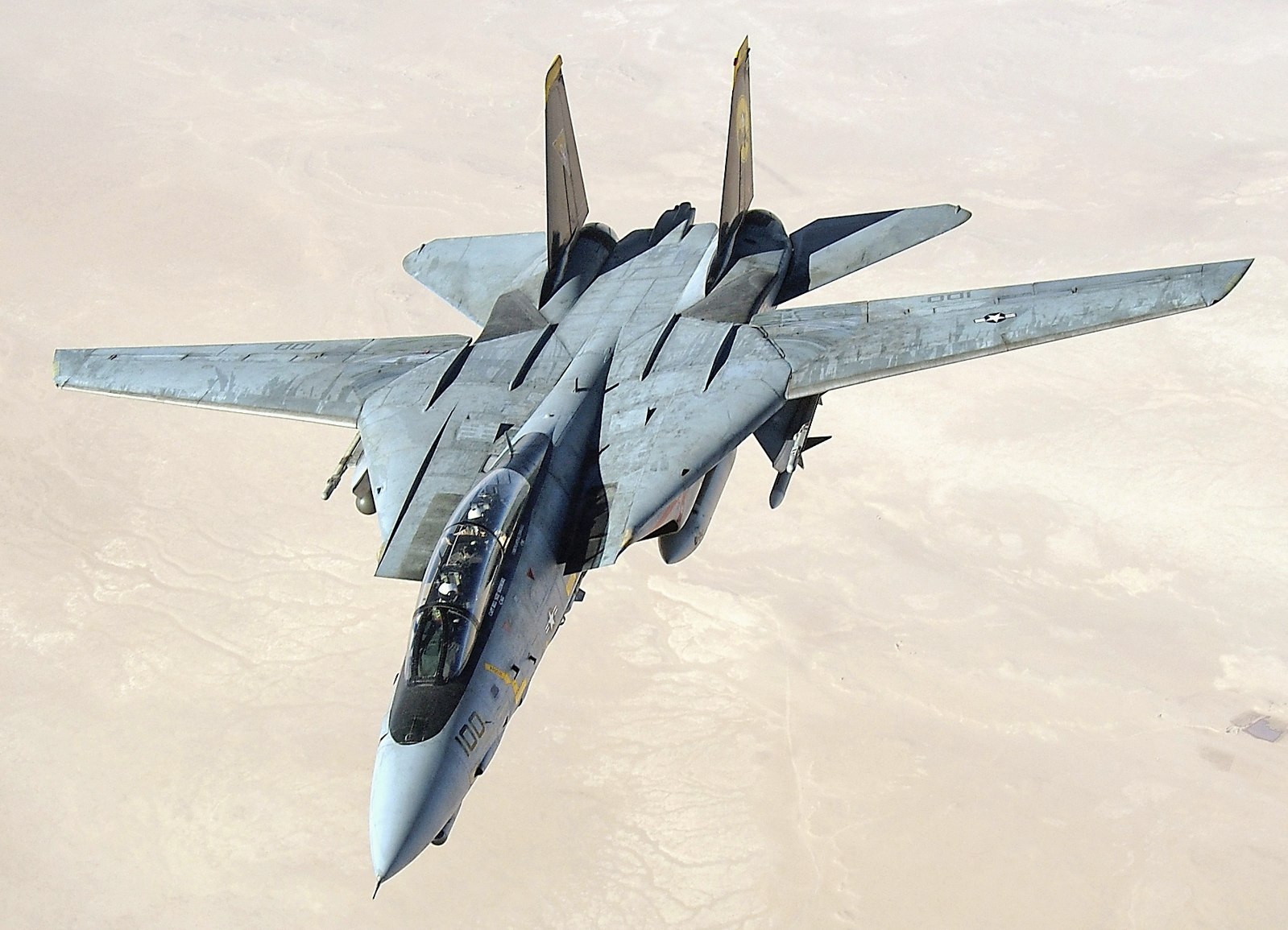
Within the chronicles of naval aviation history, the F-14 Tomcat stands out as an aircraft that has garnered immense respect and captivated the imagination.
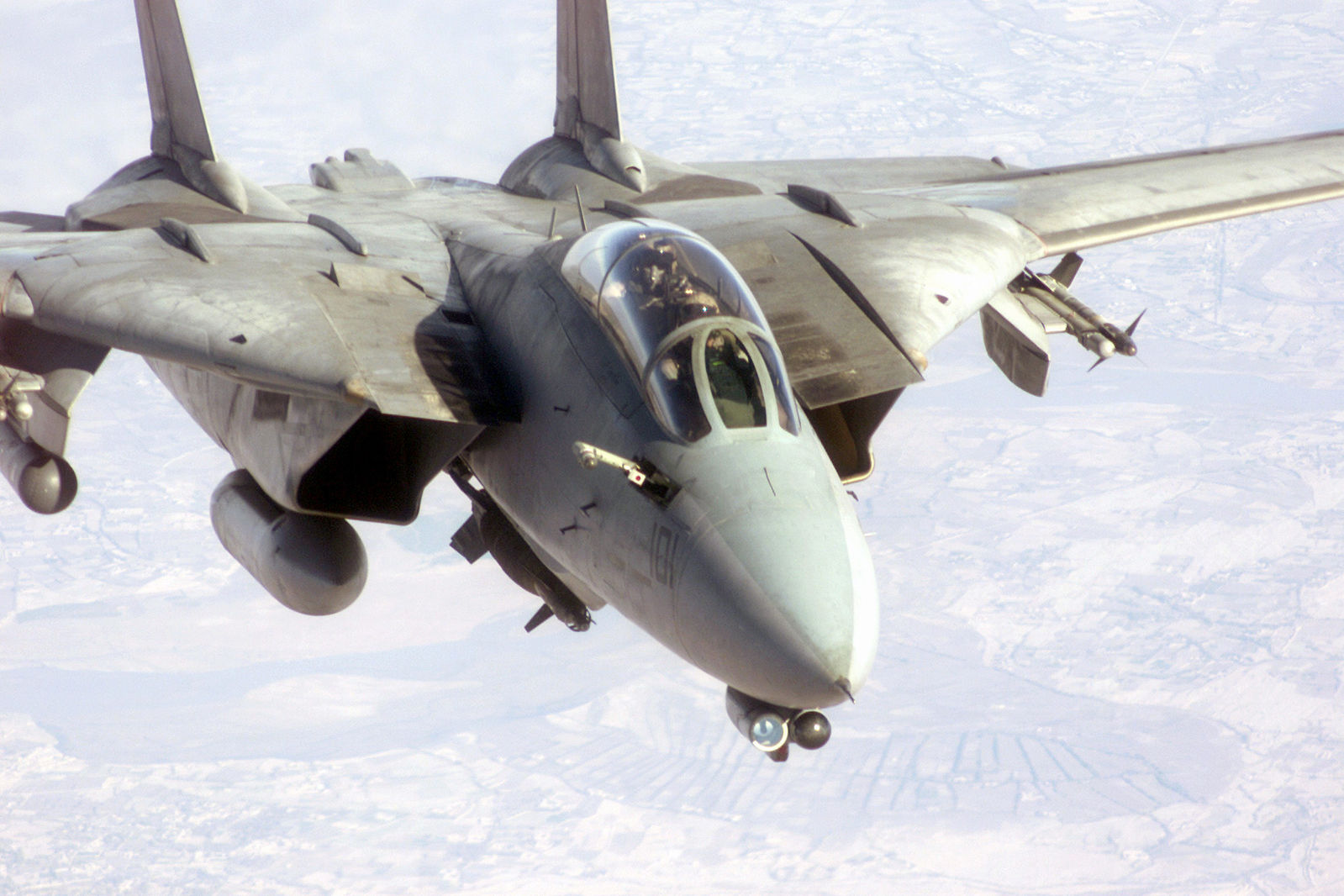
Its formidable capabilities were not only showcased in Hollywood blockbusters like “Top Gun” but also in the real-life high-stakes theater of carrier-based operations. One particular incident in 1991 stands out.
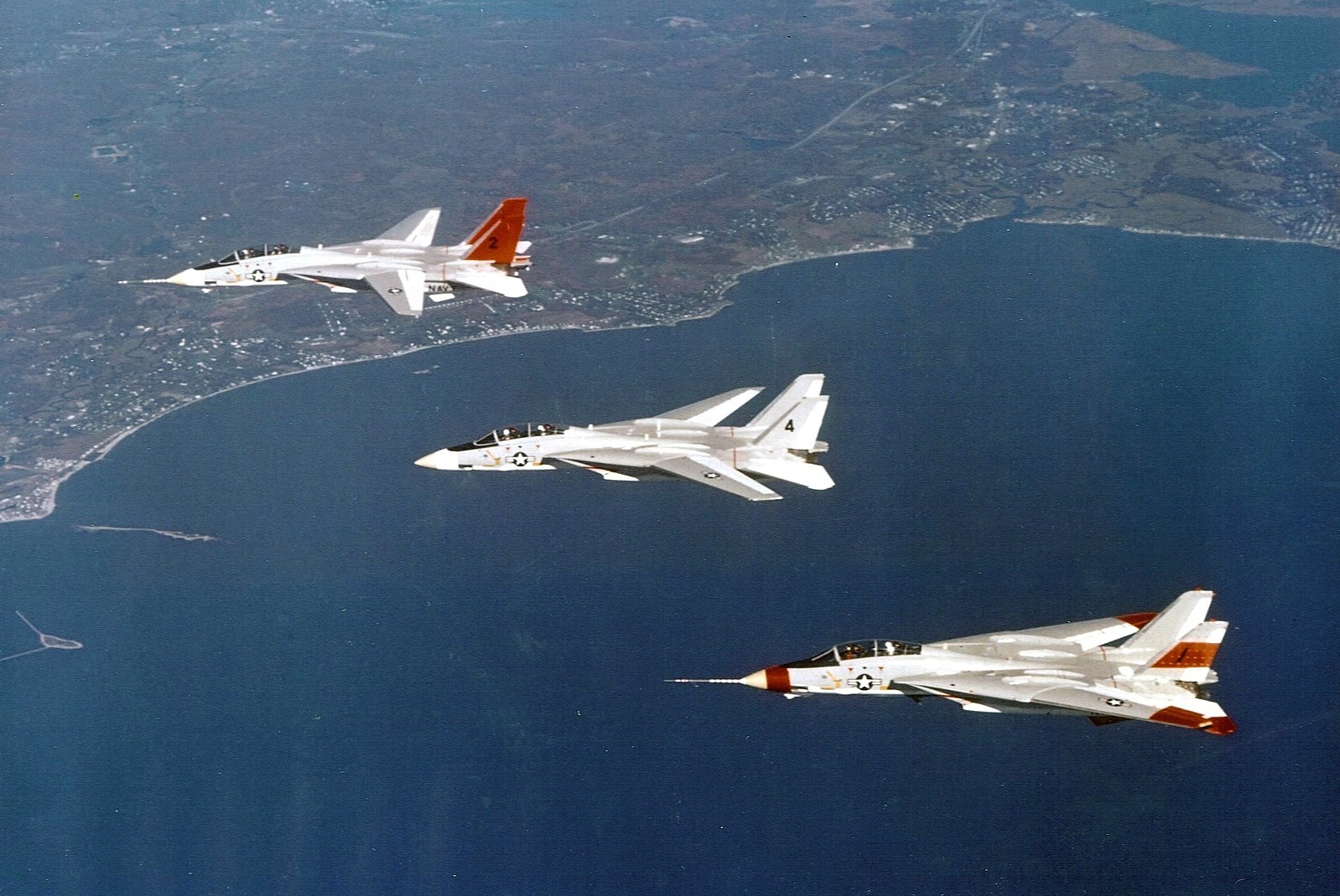
The incident in question transpired over the Persian Gulf. An F-14 Tomcat from the Ghost Riders squadron experienced a harrowing in-flight emergency when its nose cone failed at an altitude of over 8,000 meters, forcing the crew to make an emergency landing on the USS Dwight D. Eisenhower (CVN-69).
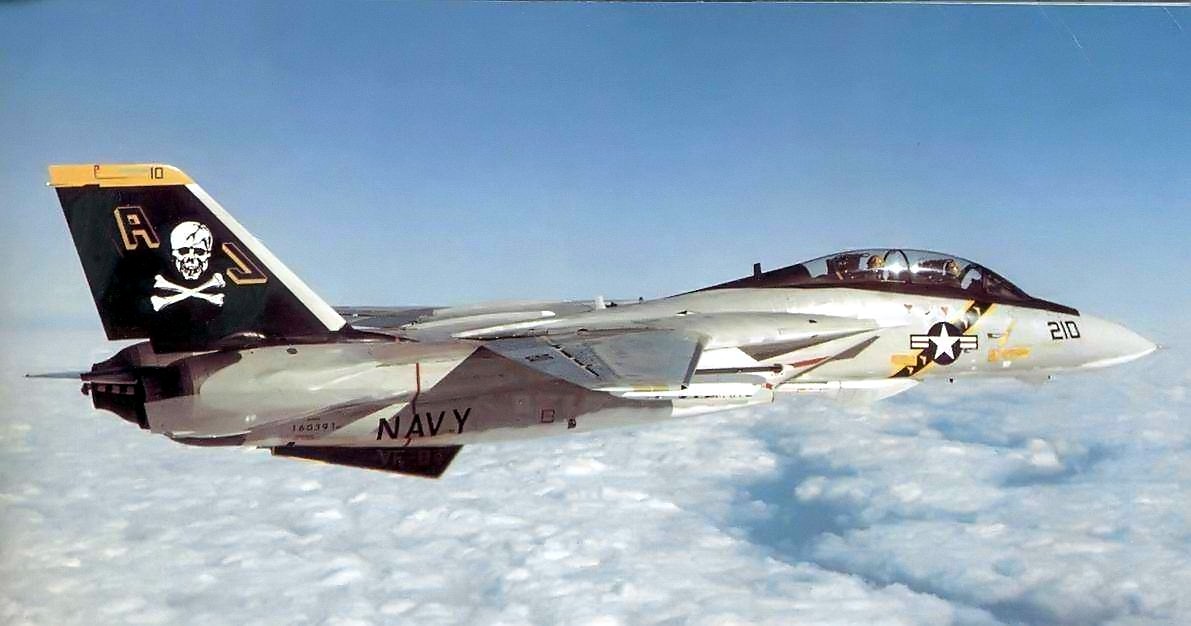
LtCdr. Joe F. Edwards, the pilot at the helm during the ordeal, recounted the event in detail, revealing the critical moments that led to a successful recovery. Edwards described how the locking mechanism of the radar dome, located beneath the fuselage, had corroded and fallen into the ocean.

“Yeah, there was a locking mechanism at the 6 o’clock position underneath the fuselage on the F-14 where you lock the radome down … radome is radar dome … there’s a flat radar antenna back behind there, and the locking mechanism had corroded and actually fell out into the ocean.”

According to the pilot, “We dumped fuel to lighten the weight to get the approach airspeed as low as possible, but I saved enough gas to make it to Carswell if my plan didn’t work and I had to wave off,” adding that “As we started our approach, the Commanding Officer radioed me that the emergency vehicles were in position and that LSOs (Landing Signal Officers) were on station and ready for recovery.
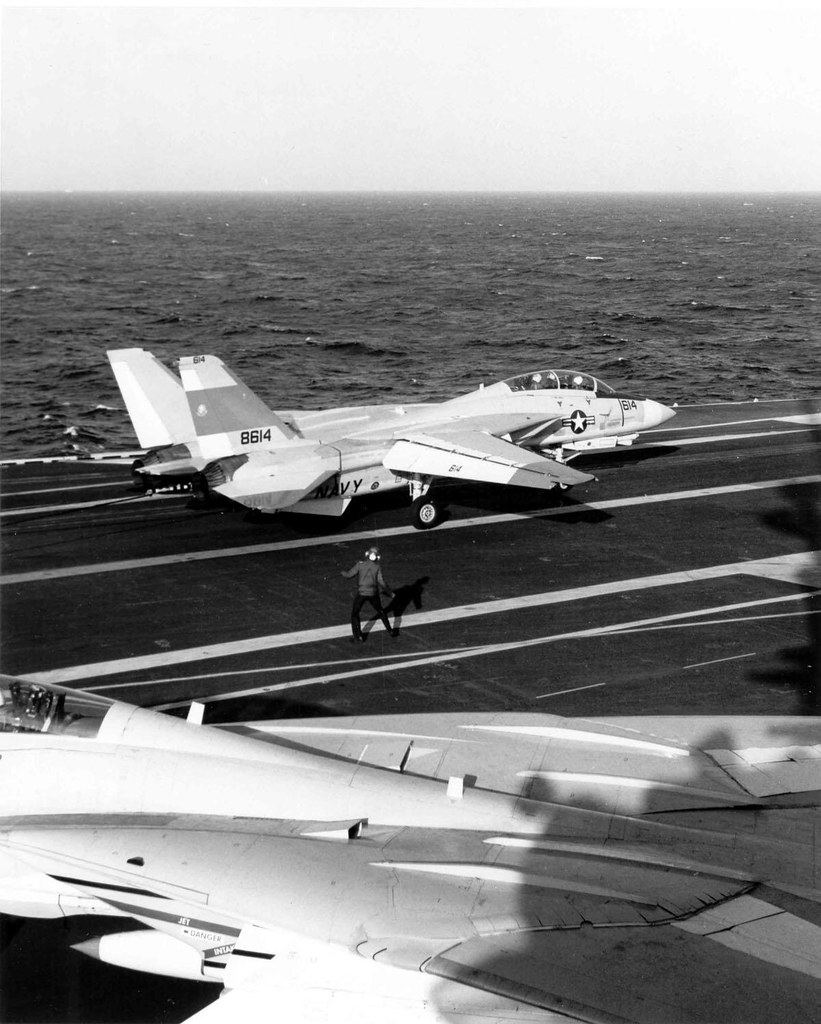
“Luckily, all those approaches I practiced in the trainer helped me land the Tomcat exactly where I wanted and sure enough, it worked. My hook snagged the arrestment cable right at the maximum allowable speed and it operated as advertised even though I pulled every inch of available cable down the runway.”
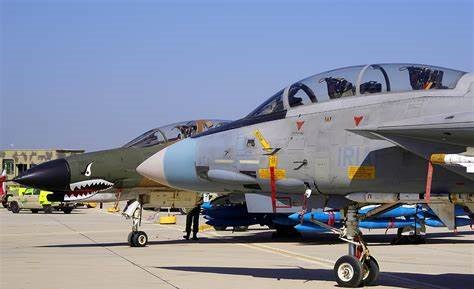
The aircraft, which was retired in 2006, has left an indelible mark on U.S. military aviation, having seen action from the skies over Vietnam to the conflicts in Libya and Iraq. The Tomcat could fly at nearly unprecedented speeds of Mach 2.3, making it just as speedy as the fifth-generation F-22 Raptor.
Related image you might interested
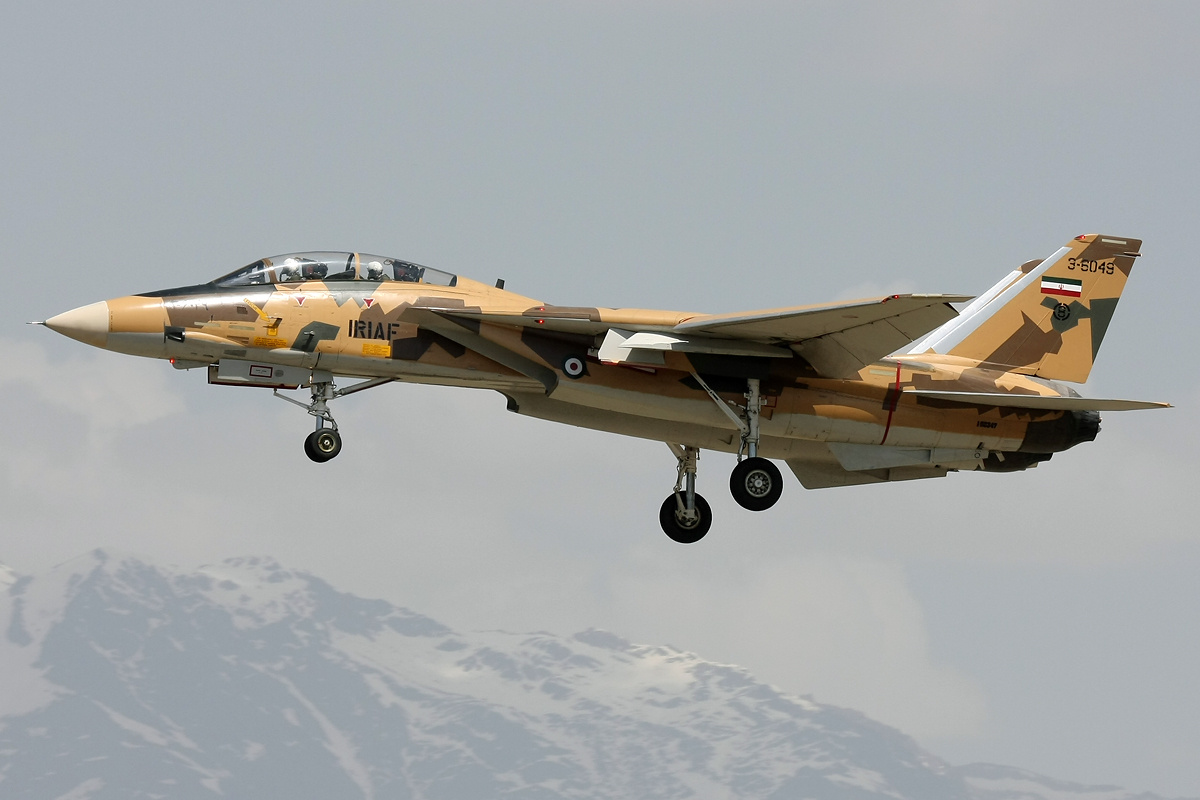




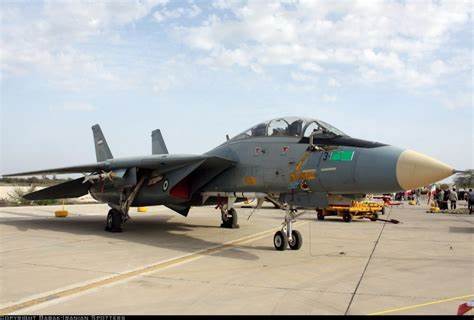

Relevant articles:
– How an F-14 Tomcat Landed on An Aircraft Carrier After Its ‘Nose’ Fell Off, The National Interest
– Historic Aircraft – A Premier Fighter, usni.org
– New Memorials to Honor the F-14 Tomcat and Those Who Died Flying It, popularmechanics.com

